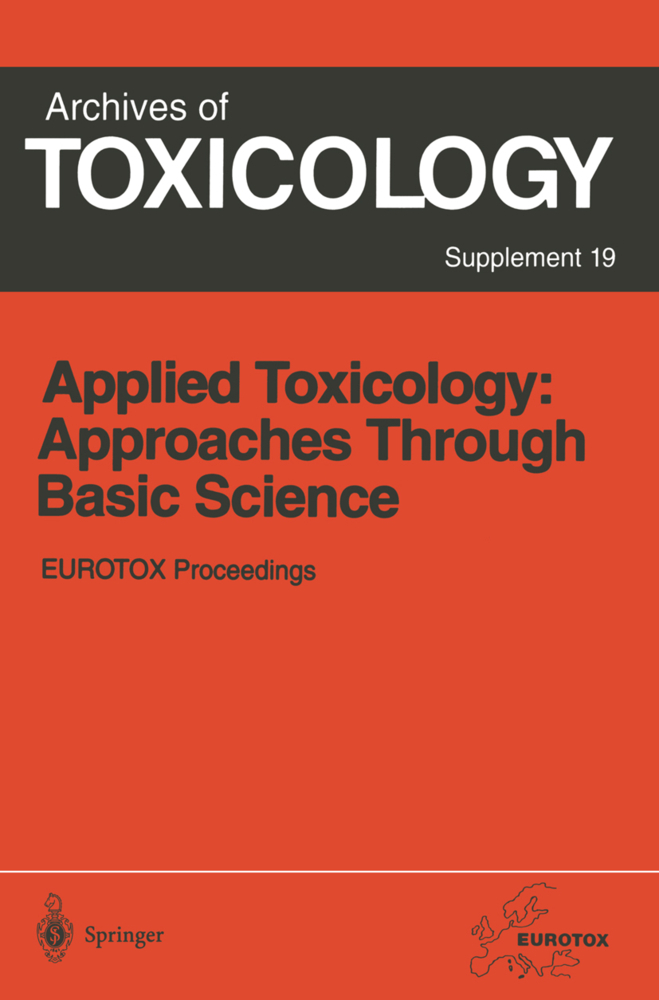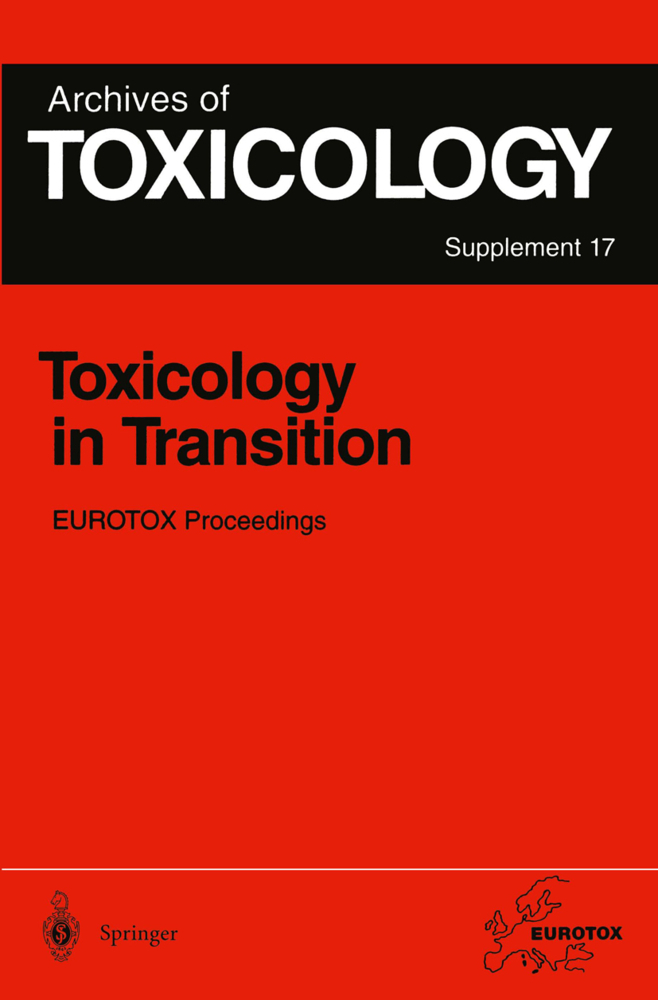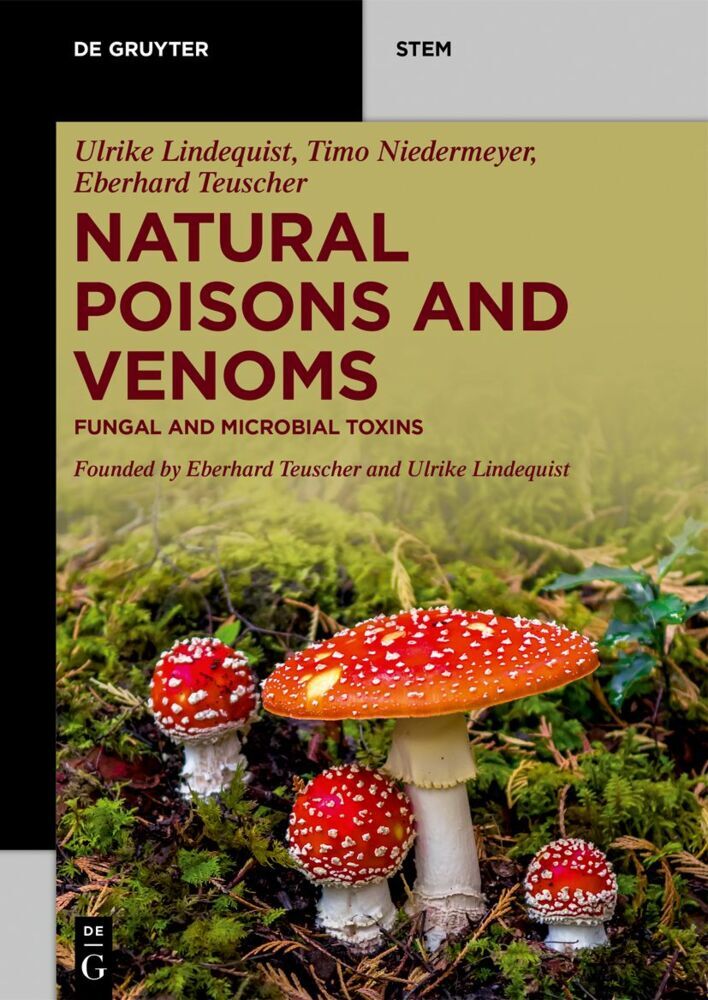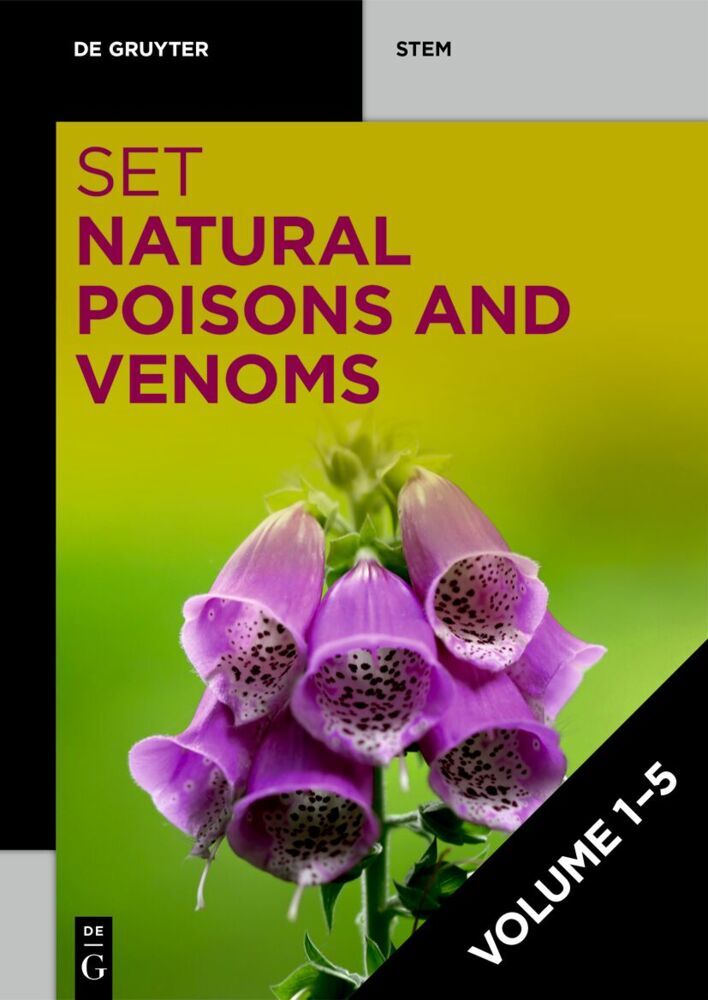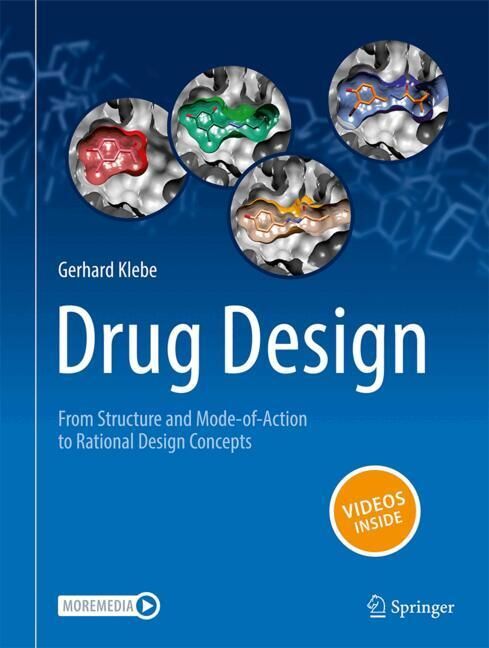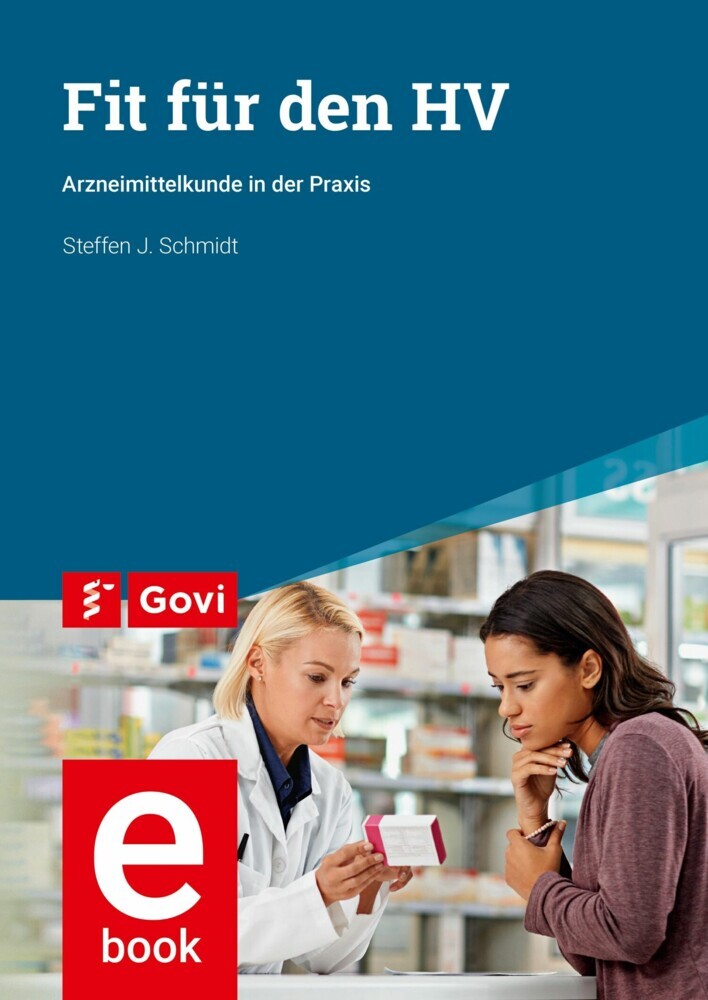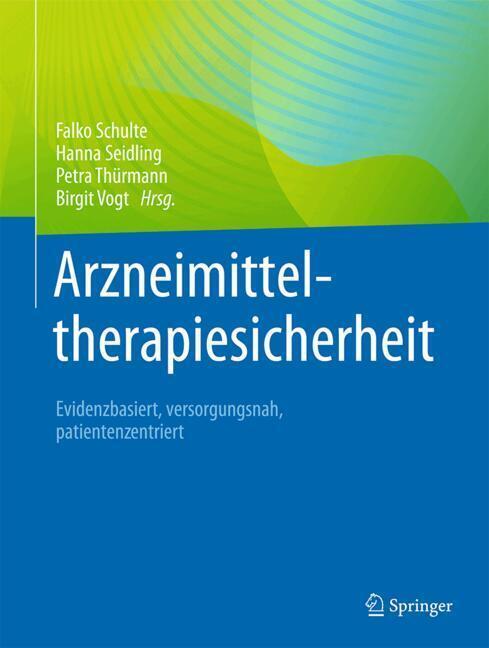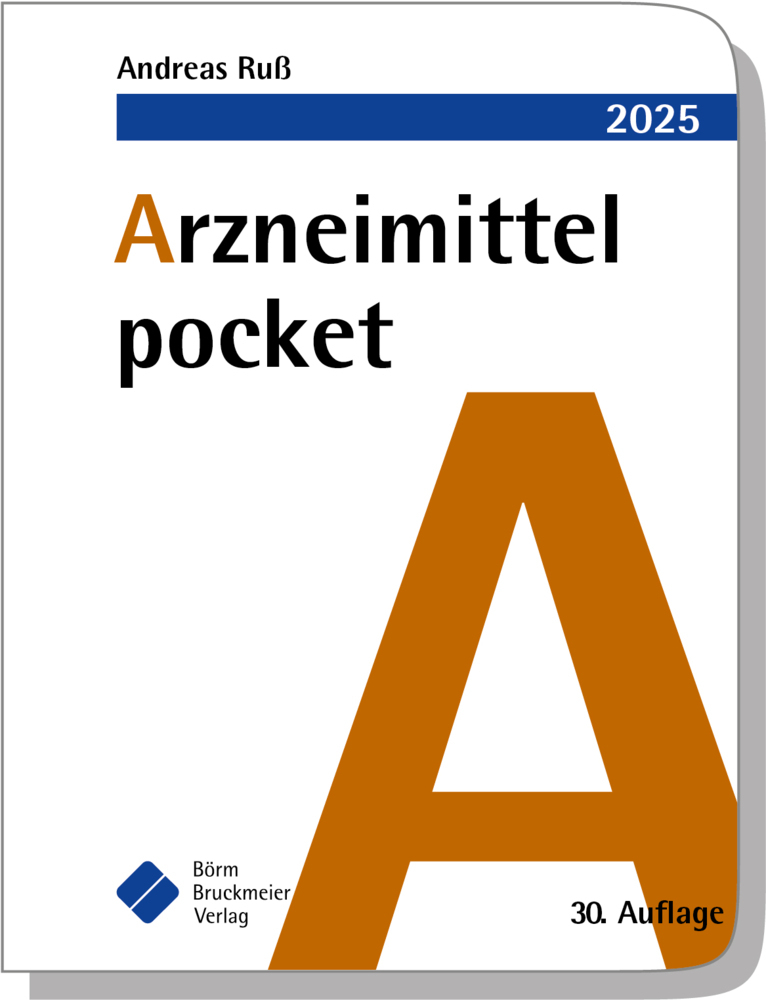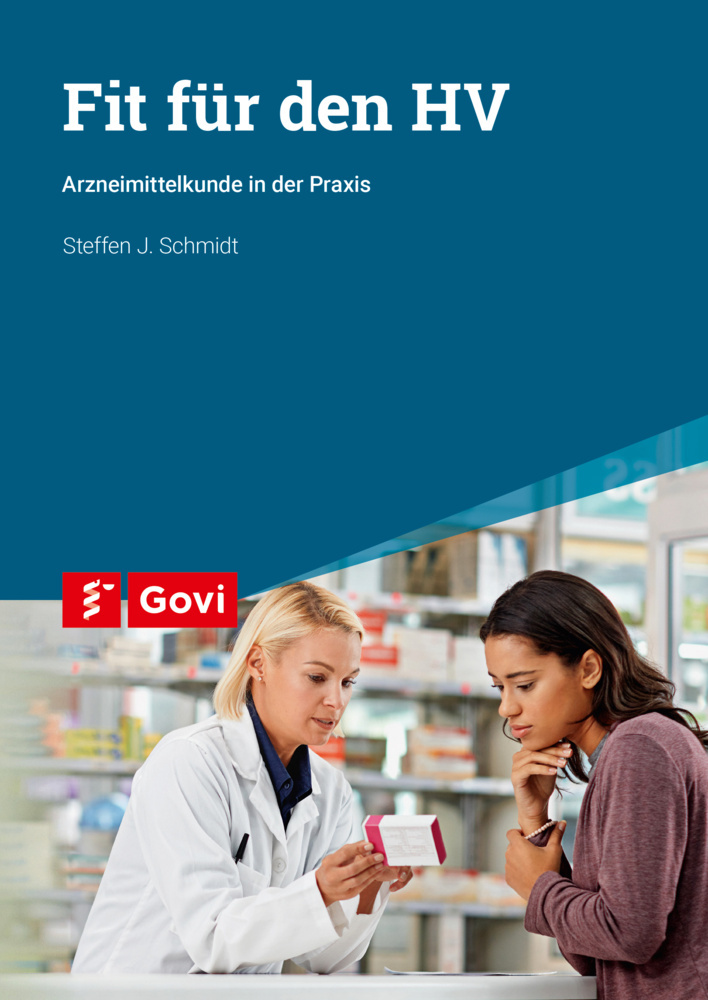Applied Toxicology: Approaches Through Basic Science
Proceedings of the 1996 EUROTOX Congress Meeting Held in Alicante, Spain, September 22-25, 1996
Applied Toxicology: Approaches Through Basic Science
Proceedings of the 1996 EUROTOX Congress Meeting Held in Alicante, Spain, September 22-25, 1996
Ultraviolet radiation, a component of sunlight, has been recognized by photobiologists, dermatologists, and oculists as a potential hazard for human health because of its genotoxic, carcinogenic and immunotoxic properties. Its effects on human health include the induction of skin cancers, ocular damage and impairment of immunity to certain infections. A few decennia ago it was demonstrated that UV photons can affect the activity of the immune system through interactions with the skin. This means that UV not only changes normal cells into cancer cells but also permits the outgrowth of the UV -transformed cells by depressing the immune system. An intriguing question is what interactions between UV radiation and the skin initiates alterations in immune function in the exposed skin and systemically, i. e. in other places than the exposed skin. During the last 20 years many studies have been performed in order to investigate the immunosuppressive activities of UVB in laboratory animals and in human volunteers. In particular effects of UVB radiation on resistance to tumours and skin associated infections have been examined. In addition, effects of UVB radiation on immune parameters such as contact hypersensitivity and delayed-type hypersensitivity (both type IV hypersensitivity reactions), mixed lymphocyte reactions, mixed skin lymphocyte reactions, antigen presentation and numbers and function of Langerhans cells have been studied intensively. The antigenicity of murine tumours which are caused by UVB radiation was one of the first items to be investigated (Kripke, 1974).
Detection of Chemically-Induced Changes in p53 Expression
Looking at p53: Theoretical Implications and Methodological Aspects
Norman Aldridge Memorial Symposium: Toxicologists versus Toxicological Disasters: Toxic Oil Syndrome
Toxicologists versus Toxicological Disasters: Toxic Oil Syndrome, Clinical Aspects
Epidemiology of the Toxic Oil Syndrome
Analytical Measurements of Products of Aniline and Triglycerides in Oil Samples Associated with the Toxic Oil Syndrome
Immunological Aspects of the Toxic Oil Syndrome
Altered Gene Expression and Immunotoxicity
Regulation and Mechanisms of Apoptosis in T Lymphocytes
Immunoregulatory Genes and Immunosuppression by Glucocorticoids
Molecular Aspects of UVB-Induced Immunosuppression
The Use of Ecotoxicology and Human Toxicology in the Regulation of Chemical Safety in the European Union
Options for the Regulation and Control of the Environmental Impact and Human Health Consequences of Chemicals in the European Union
The Identification of Thresholds of Acceptability and Danger: The Chemical Presence Route
The Identification of Thresholds of Acceptability and Danger: The Biological Route
The Precautionary Principle and Science-based Limits in Regulatory Toxicology: The Human Experience, Individual Protection
The Environmental Experience: Ecosystem Protection
Is Sustainable Development a Practical Possibility Given the Continued Use of Plant Protection Products? - The Scientific View -
Regulations and Risk Assessments on the Ecotoxicological Impact from the Use of Plant Protection Products in the European Union - an Industry Viewpoint
Challengesin Analytical Toxicology
Analytical Development for Low Molecular Weight Xenobiotic Compounds
Air Pollution and Allergy
Pollution and the Development of Allergy: The East and West Germany Story
Nasal Lavage Biomarkers in Air Pollution Epidemiology
Prediction of Individual Susceptibility to Toxicants
Physiological Factors Predisposing to Neurotoxicity
Cellular and Molecular Mechanisms of Cutaneous Toxicity
Epidermal Cytokines and the Induction of Allergic and Non-Allergic Contact Dermatitis
Validation of In Vitro Methods to Single Out Photoirritants Using Mechanistically Based Tests
Assessment of the Phototoxicity Risk of New Drugs
Progress in Antidotic Therapy
Evolution of Antidotal Therapy in Recent Decades
A Critical Review of Antidotal Immunotherapy for low Molecular Wight Toxins. Current Antidotes and Perspectives
The Use of Antidotes in the Management of Central Nervous System Depression
Antidotes: Availability, Use and Cost in Hospital and Extra-Hospital Emergency Services of Catalonia (Spain)
The Relative Efficacy of Antidotes: The IPCS Evaluation Series
In Vitro Cell Models for Investigating Molecular Mechanisms of Toxicity
In Vitro Investigation of the Molecular Mechanisms of Hepatotoxicity
Protein Targets of Neurotoxicity
Neuropathy Target Esterase (NTE): Molecular Characterisation and Cellular Localisation
The Concept and Target of Promotion of Axonopathies
Mechanisms and Models of Neurotoxicity of n-Hexane and Related Solvents
Bovine Chromaffin Cells as in vitro Model for the Study of non-Cholinergic Toxic Effects of Organophosphorus Compounds
Carcinogenesis Mechanisms in Transgenic Mouse Models
Hepatic Tumor Induction in c-Myc mono-transgenic and TGF-?/c-Myc double- transgenic Mice
Interactions of TCDDwith Signal Transduction and Neoplastic Development in c-myc Transgenic and TGF-alpha Transgenic Mice
Lymphoma Induction by Heterocyclic Amines in Eµ-pim-1 Transgenic Mice
Algal Toxins and Human Health
Health Effects Associated With Algal Toxins From Seafood
Cyanobacterial Toxins: Occurrence, Modes of Action, Health Effects and Exposure Routes
The Young Scientist Poster Award
Molecular Cloning of Neuropathy Target Esterase.
The Gerhard Zbinden Memorial Lecture
Genetic Polymorphism of Drug Metabolizing Enzymes. Implications for Toxicity of Drugs and Other XenobioticsDetection of Chemically-Induced Changes in p53 Expression
Looking at p53: Theoretical Implications and Methodological Aspects
Norman Aldridge Memorial Symposium: Toxicologists versus Toxicological Disasters: Toxic Oil Syndrome
Toxicologists versus Toxicological Disasters: Toxic Oil Syndrome, Clinical Aspects
Epidemiology of the Toxic Oil Syndrome
Analytical Measurements of Products of Aniline and Triglycerides in Oil Samples Associated with the Toxic Oil Syndrome
Immunological Aspects of the Toxic Oil Syndrome
Altered Gene Expression and Immunotoxicity
Regulation and Mechanisms of Apoptosis in T Lymphocytes
Immunoregulatory Genes and Immunosuppression by Glucocorticoids
Molecular Aspects of UVB-Induced Immunosuppression
The Use of Ecotoxicology and Human Toxicology in the Regulation of Chemical Safety in the European Union
Options for the Regulation and Control of the Environmental Impact and Human Health Consequences of Chemicals in the European Union
The Identification of Thresholds of Acceptability and Danger: The Chemical Presence Route
The Identification of Thresholds of Acceptability and Danger: The Biological Route
The Precautionary Principle and Science-based Limits in Regulatory Toxicology: The Human Experience, Individual Protection
The Environmental Experience: Ecosystem Protection
Is Sustainable Development a Practical Possibility Given the Continued Use of Plant Protection Products? - The Scientific View -
Regulations and Risk Assessments on the Ecotoxicological Impact from the Use of Plant Protection Products in the European Union - an Industry Viewpoint
Challengesin Analytical Toxicology
Analytical Development for Low Molecular Weight Xenobiotic Compounds
Air Pollution and Allergy
Pollution and the Development of Allergy: The East and West Germany Story
Nasal Lavage Biomarkers in Air Pollution Epidemiology
Prediction of Individual Susceptibility to Toxicants
Physiological Factors Predisposing to Neurotoxicity
Cellular and Molecular Mechanisms of Cutaneous Toxicity
Epidermal Cytokines and the Induction of Allergic and Non-Allergic Contact Dermatitis
Validation of In Vitro Methods to Single Out Photoirritants Using Mechanistically Based Tests
Assessment of the Phototoxicity Risk of New Drugs
Progress in Antidotic Therapy
Evolution of Antidotal Therapy in Recent Decades
A Critical Review of Antidotal Immunotherapy for low Molecular Wight Toxins. Current Antidotes and Perspectives
The Use of Antidotes in the Management of Central Nervous System Depression
Antidotes: Availability, Use and Cost in Hospital and Extra-Hospital Emergency Services of Catalonia (Spain)
The Relative Efficacy of Antidotes: The IPCS Evaluation Series
In Vitro Cell Models for Investigating Molecular Mechanisms of Toxicity
In Vitro Investigation of the Molecular Mechanisms of Hepatotoxicity
Protein Targets of Neurotoxicity
Neuropathy Target Esterase (NTE): Molecular Characterisation and Cellular Localisation
The Concept and Target of Promotion of Axonopathies
Mechanisms and Models of Neurotoxicity of n-Hexane and Related Solvents
Bovine Chromaffin Cells as in vitro Model for the Study of non-Cholinergic Toxic Effects of Organophosphorus Compounds
Carcinogenesis Mechanisms in Transgenic Mouse Models
Hepatic Tumor Induction in c-Myc mono-transgenic and TGF-?/c-Myc double- transgenic Mice
Interactions of TCDDwith Signal Transduction and Neoplastic Development in c-myc Transgenic and TGF-alpha Transgenic Mice
Lymphoma Induction by Heterocyclic Amines in Eµ-pim-1 Transgenic Mice
Algal Toxins and Human Health
Health Effects Associated With Algal Toxins From Seafood
Cyanobacterial Toxins: Occurrence, Modes of Action, Health Effects and Exposure Routes
The Young Scientist Poster Award
Molecular Cloning of Neuropathy Target Esterase.
Seiler, Jürg P.
Vilanova, Eugenio
| ISBN | 978-3-642-64505-1 |
|---|---|
| Artikelnummer | 9783642645051 |
| Medientyp | Buch |
| Auflage | Softcover reprint of the original 1st ed. 1997 |
| Copyrightjahr | 2011 |
| Verlag | Springer, Berlin |
| Umfang | XII, 417 Seiten |
| Abbildungen | XII, 417 p. 2 illus. in color. |
| Sprache | Englisch |

